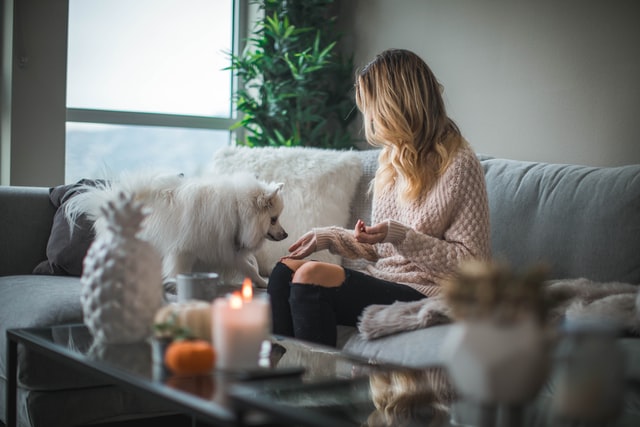At the end of the day, we rest, recover, and unwind in our homes—they are our safe havens. Your physical and mental welfare is also impacted by the characteristics of your home, such as the color of the walls, the artwork on exhibit, and the quantity of clutter.
Are you seeking for the best vendor to provide you with high-quality building supplies to aid with your home renovation? Get building materials from Materials Market and furnish a tranquil space. Here are some suggestions for home design and interior decoration that will help you feel less anxious and make your house more comfortable overall.
APPLY SOOTHY HUES To ensure that the décor of your home helps to calm you down rather than makes you more tense, let color be your co-creator of tranquility. To alleviate anxiety, carefully consider your color choices when decorating. Blue, violet, white, pink, and green tones are among the paint colors that have been shown in research to reduce stress.
On the other hand, vivid hues like red are associated with heightened stress responses. Let’s say you wish to decorate with bold colors but struggle with anxiety. Choose a milder version of your favorite hue; for instance, in your living room, opt for a soft pastel red rather than a brilliant red. Your space still gains from the wonderful splash of color without the unwelcome side effect of an unsettling paint color.
ASSESS THE QUALITY OF YOUR SLEEP. Nothing is better than lying in an uncomfortable bed for a long time. Our mattress not only has a big impact on our mental health, but also on our physical health. Stressful conditions like uncomfortable beds and disorganized bedrooms may reduce the amount of deep sleep we get each night.
To keep your mattress comfortable, replace it at least every seven years. You can focus on the whole room design once you’ve polished the bed to your specifications. It will be easier to fall asleep after entering a stylish and tranquil bedroom.
INSERT NATURE There’s a reason you adore indoor plants and find locations with lots of plants to be so inviting. Unconsciously or not, biophilic designs that bring you closer to nature boost your happiness threefold.
According to research : Living in an environment devoid of nature has a negative impact on one’s physical and mental wellbeing. For instance, plants may be able to reduce stress and health problems like anxiety. The importance of indoor plants is so great that NASA researches the best plants for your home and their ability to filter the air.
ALLOW ROOM Use negative or white space while arranging your home to create breathing space around objects and reduce tension. Therefore, especially in smaller rooms, this could provide the impression of a larger size. Rooms are less enclosed when they appear larger, which may serve as an anxiety reducer.
Leave accessible spaces on shelves, for instance. A couch should have enough of space between it and the wall. Hire an expert if you’re having trouble putting this concept into action. The professionals can offer practical decorating suggestions while also creating (both literal and metaphorical) room for pleasure.
SET UP A COMFORT AREA The best course of action is to modify your preferred calming pastime to fit the available space in your home. You don’t need to set aside an entire room for this activity, whether it is reading, listening to music, or meditating. Instead, pick a spot that is away from the main flow of household activity. All people require an escape at some point in their lives.
Breaking Word
The aforementioned home design advice will help you relax, teach you how to develop a more upbeat mindset, and make your house a more pleasurable location to spend time. As a result, even a small adjustment to your home’s design employing the best materials may assist to reduce anxiety and other health-related problems.
